Peter Tateishi, chief executive officer of the Associated General Contractors of California (AGC California) wrote recently to Governor Gavin Newsom to ask him to align the COVID-19 quarantine guidance of the California Department of Public Health (CDPH) with that of the Centers for Disease Control and Prevention (CDC).
“AGC of California appreciates your administration’s response to COVID-19, and we recognize CDPH’s needed unique state requirements based on circumstances in California over the past two years.
“With the advancement of vaccines and natural immunities, and as our state and country transition from pandemic to endemic, we believe it would be beneficial for CDPH to now align its recommendations around the science offered by the CDC for cohesive guidelines across our nation.”
Because construction workers often travel from state to state on jobs, Tateishi says an alignment of COVID-19 quarantine policies is needed.
“A unified approach will help employers and workers establish uniform safety and health procedures that can become routine no matter where they work, advancing health practices that will keep workers safe from COVID-19 and other contagions now and in the future.”
Tateishi says such an approach “can build better trust in both the CDC and CDPH and provide clarity to California’s employers, workers and residents on the best reasonable practices to safeguard their and the public’s health.”
Outside California, pandemic-related restrictions vary from state to state.
Some states require government and health care workers to get vaccinated or routinely tested.
Other states have resisted restrictions, barring or limiting mask and vaccine mandates and other requirements through legislation or executive action.
In New York City for example, most workers in both the public and private sectors must show proof of vaccination if they work in person at a workplace (rather than at home) or interact with the public in the course of business.
The city also mandates face-covering on public transit, including subways, buses, taxis and ride-shares.
Across New York State, masks are required in such high-density settings as hospitals, nursing homes, shelters and detention facilities.
In Louisiana, on the other hand, there are no state vaccine or mask mandates in force, nor any prohibitions of mandates.
And in Minnesota, state employees must get vaccinated or submit to regular testing.
Tateishi’s request to Newsom came after the CDC announced changes to its nationwide COVID-19 guidelines in mid-August.
According to CNN medical analyst Dr. Leana Wen, an emergency physician and professor of health policy and management at the George Washington University Milken Institute School of Public Health in Washington, D.C., the CDC’s new guidelines have, for all intents and purposes, ended quarantine for people exposed to COVID-19.
Wen says the CDC’s most recent guidelines prescribe that anyone exposed to someone with COVID-19 no longer needs to quarantine at home and keep away from others. It’s OK for them to go to work, attend school and be around other people as long as they wear a well-fitting, high-quality mask.
Wen says she believes the changes in guidance were made for two reasons.
The first is the acknowledgment that COVID-19 is here to stay. As a result, the CDC’s emphasis is on a return to normal, which means eliminating policies that disrupt everyday life.
The second reason, says Wen, is the CDC recognized public health policies need to be in tune with current public attitudes.
Most Americans have returned to many aspects of pre-pandemic daily life.
For public health regulations to be trusted, says Wen, they have to be seen to be relevant to the times.
Implicit in the changes to the CDC’s guidance is that they’re not based on new scientific research, says Wen.
Quarantine isn’t being removed because COVID-19 has become less infectious, but because there are more tools available that reduce the likelihood that catching the coronavirus will lead to severe illness.
Wen says the CDC made the right call. Easing restrictions now preserves the credibility of public health officials later if stricter guidance are needed because of a new and dangerous COVID-19 variant.


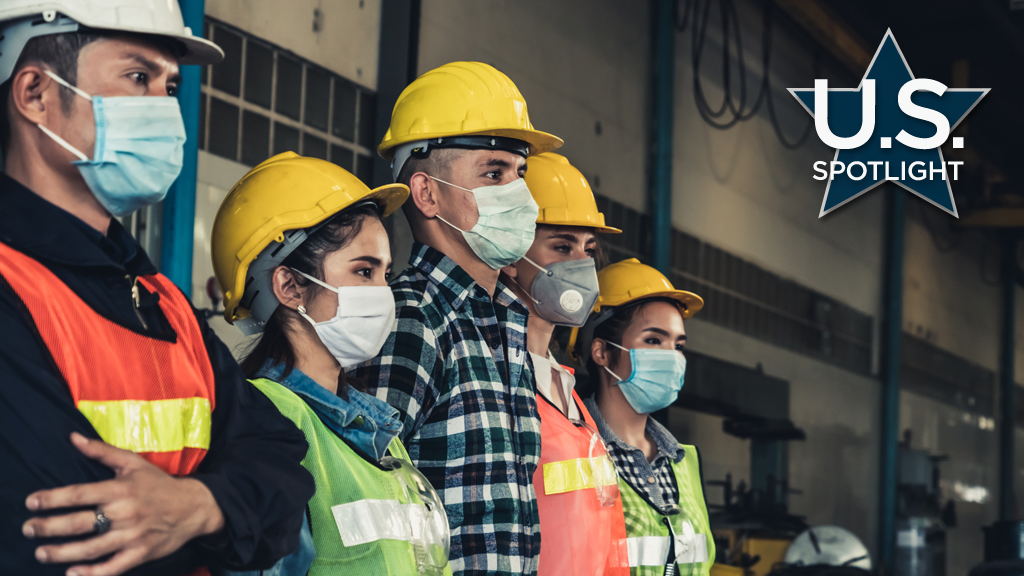
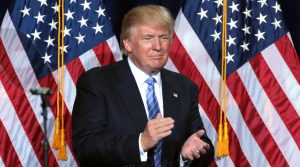

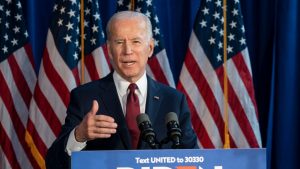

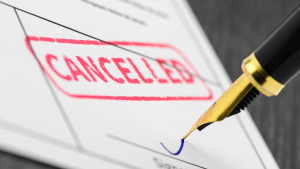

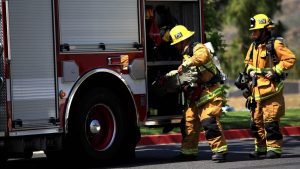

Recent Comments
comments for this post are closed